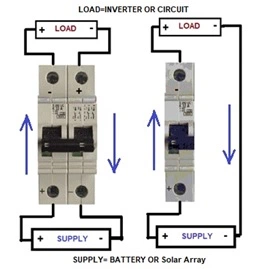I have observed that at the input (supply side) of some electrical units, only MCB is used for overcurrent protection; whereas in other units, a fuse is used as well as MCB at the input side.
Why and when are -
- Both fuse and MCB required/preferred (as both function to protect against overcurrents)?
- Only MCB required/preferred (to protect against overcurrents)?
- Only fuse required/preferred (to protect against overcurrents)?


